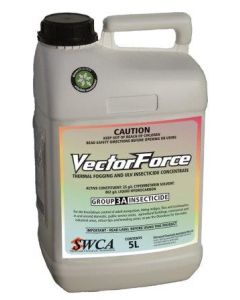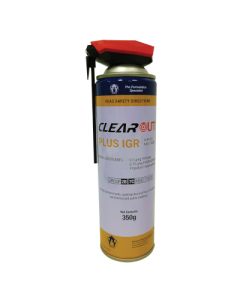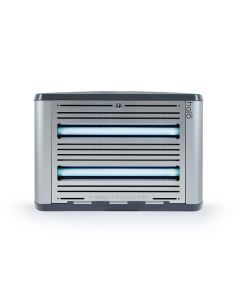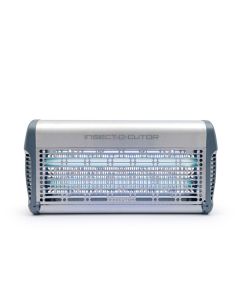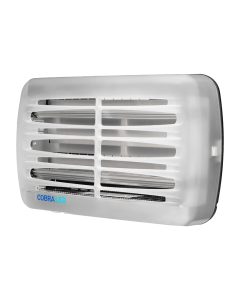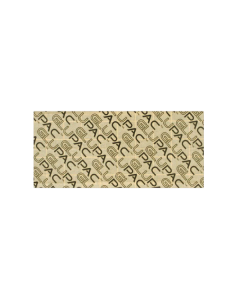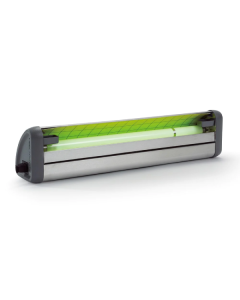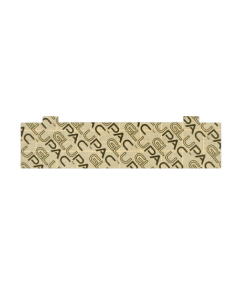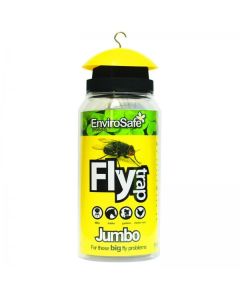Flesh Fly
Flesh Fly
Scientific Name: Family Sarcophagidae
How to identify a flesh fly
Flesh flies (family Sarcophagidae) are 11-13 mm long with a striped thorax, a patterned abdomen with or without a red/brown tip.
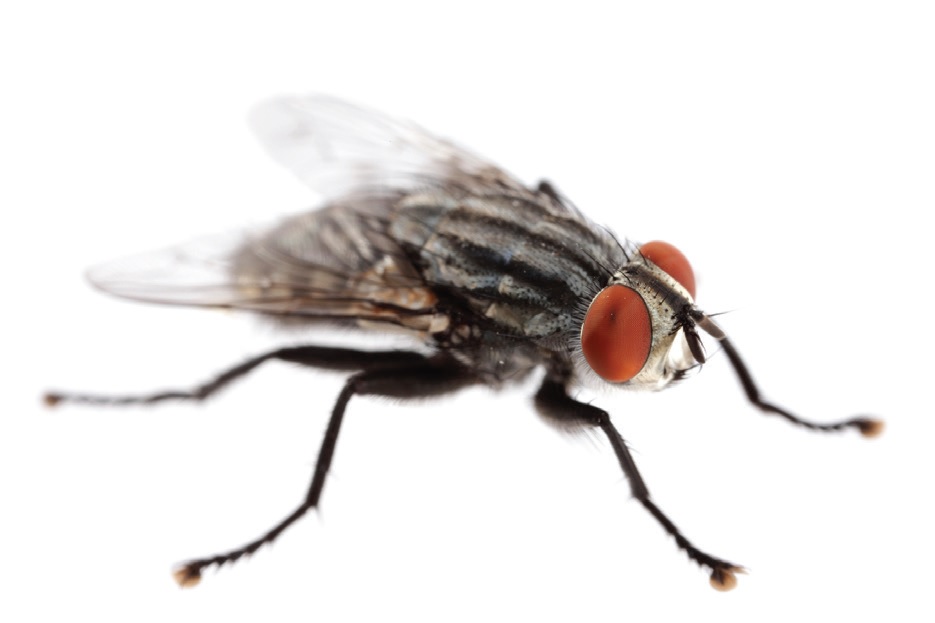
Where are flesh flies commonly found?
Flesh flies are usually found in the vicinity of carcasses e.g. dead rats or possums.
Why are flesh flies considered a pest?
Although a few flies may be of benefit to nature, more often than not, flies are a nuisance pest affecting human lifestyles. Diseases such as typhoid, cholera, diarrhoea, amoebic dysentery, giardiasis and worms (pin and tape) are spread mechanically by flies.
What is the biology and lifecycle of a flesh fly?
Flies undergo complete metamorphosis during their life cycle. The majority of adult females are oviparous and lay their eggs on or near a suitable food source.
Some species e.g. those belonging to the family Sarcophagidae (Flesh flies), are viviparous, depositing live larvae on some type of decomposing matter. Sometimes, they deposit their young on your windscreen when your car and their flight path coincide. The emerging larvae primarily feed upon decomposing vegetable matter or carrion, whilst some are predatory or parasitic. Some larvae e.g. mosquitoes, are aquatic and feed upon food particles in the water.
After reaching the “fully fed” stage, all larvae pupate and shortly thereafter, a full adult emerges.
Pest Control Supplies Required to Control Flesh Flies
Some of the insecticidal formulations you might use include:
-
Fly bait - there are a few options available. They are usually a granular formulation and one very effective product can be applied as a dry granule scattered around, placed in
purpose built bait stations or just in trays, or mixed into a paste and applied to vertical surfaces such as timber poles or to pieces of timber mounted on platforms or suspended in the air.
-
Residual insecticidal application - the use of Synthetic Pyrethroids to fly alighting surfaces e.g. around entry doors, windows and waste bins, will repel and also kill flies. The addition of sugar will help attract house flies to the treated surface. Some insecticides are mixed with water and painted on to an appropriate surface. As well as the active ingredient these products also contain sugar and a sex attractant.
-
Insect growth regulators - these are used to control mosquito and black fly larvae in aquatic environments. They are available in a range of formulations and are very effective when used according to label rates.
-
Drain cleaners - these are not your everyday cleaners but specially formulated products used to clean drains and pipes of organic matter, thus removing potential food sources for vinegar flies. They are available in a number of formulations including a foaming variety which is most effective.
-
Metered aerosol dispensers - These are only effective against flying insects in limited spaces e.g. store room, cleaner’s room and garbage room. Many units have the ability to be set to operate within certain hours e.g. after close of trading until just before opening. For insect control these dispensers use a pyrethrin based insecticidal spray and they can also be used with aerosol cans which dispense an aromatic fragrance.
-
Space treatments - the metered aerosol dispensers are a “mini space treatment” for small spaces. Sometimes, you may need to treat large spaces for flying insects, either a species of fly or stored product moths e.g. Indian meal moth. In this case, you can use an electric or petrol powered misting/fogging device or a high pressure aerosol.
Pest Control Management Tips for Flesh Flies
Tackling flies needs a three pronged approach.
Exclusion - Obviously, if you can prevent flying insects from entering a building, your worries are almost over. Some exclusion measures are:
-
Flyscreens: these are placed on doors and windows and are effective if maintained properly.
-
Airlocks: if these are properly designed, located and maintained, they are an effective method of preventing the entry of flying insects, especially if used in conjunction with aerosol dispensers or electronic control units.
-
Air curtains: these systems are not in widespread use due to cost and varying degrees of efficiency. One could write a whole bulletin just on their use. If the systems are not adequate in power or not sited correctly, they do not provide the degree of protection that might be expected.
Restriction - “Restriction” means basically reducing the breeding potential of the pests by eliminating food sources or potential breeding sites. Some of the elements of an effective “Restriction” programme are:
-
Waste disposal: obviously where you have waste disposal, you have, by definition, food wastes, liquids and other items such as packaging material. On large sites, dumpsters and bins should be located on a raised platform which is, in turn, on a sloping concrete pavement, allowing for effective drainage and washing down. Containers should be closed when not in use. All waste bins etc. should be situated a distance from the building itself and not in an area where the prevailing winds will carry odours into interior areas. They should be emptied on a strict schedule and not be allowed to overflow.
-
Breeding site removal: this applies especially to mosquito control where it is an important factor in a control programme. This could involve disposing of old tins, tyres, buckets and similar containers, ensuring that there is no free standing water and changing water in such things as bird baths and wading pools. It is also very important in the control of vinegar flies.
-
External lighting: this is an aspect which is often overlooked by clients and pest managers. It is essential to have exterior lighting for safety and where facilities operate on a 24 hour basis. Mercury vapour lamps, fluorescent tubes and incandescent bulbs are all more attractive to flying insects than high pressure sodium vapour lamps. Specially coloured “insect” bulbs can be used to reduce the attraction factor and external lights should be placed 5-6m away from doorways. Ideally, high pressure sodium vapour lamps should be used exclusively in external areas. Lights should be placed on poles some distance away from the building rather than being attached to the building itself.
Destruction - There are a wide range of chemical and non-chemical control measures with new insecticide formulations being introduced fairly regularly. It would be fair to say that any insecticide will kill flies but that doesn’t mean that you can just pick up any insecticide container from your vehicle, mix up a batch and start spraying. The first aspect to consider of course, is whether or not the product is registered for the particular fly species you’re treating. You need to read the label of any product before you use it as I’m sure you already know. If you don’t have a suitable product already, consult your Globe sales personnel for advice.


